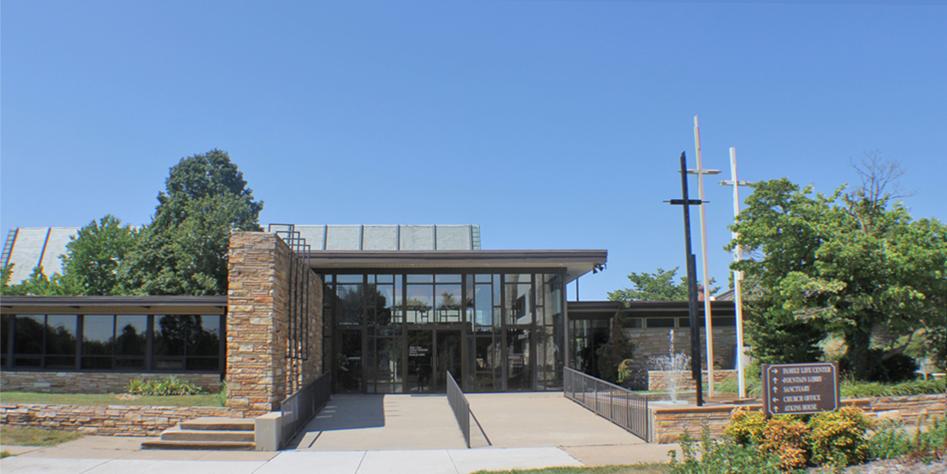There is no doubt that large churches have captured our attention over the last 20 years and have become a force to be reckoned with even in the wider culture. But the attention these churches and their pastors generate is not entirely flattering. In an interview in the ‘The Age’ newspaper, the then World Council of Churches General Secretary Samuel Kobia describes large churches as “two miles long and one inch deep”. Books like ‘Dining With the Devil’ by Os Guinness’, ‘Left Behind in a Megachurch World’ by church historian Ruth Tucker and ‘O Shepherd, Where Art Thou?’ by seminary professor Calvin Miller have criticised what they see as the commercialisation, materialism or shallow theology perpetuated by large churches.
In almost schizophrenic fashion, Christians have been quick to either uncritically embrace the numeric success of large churches as a sign of spiritual renewal … or cynically attribute it to cultural compromise. But the truth may be somewhat less obvious, as ongoing research would suggest.
Different Types of Growth
A church may grow by one or a combination of these three different ways.
1. Biological Growth takes place when Christians (who are connected to a church) have children. The best scenario is that this child at some stage makes a personal commitment to Christ and doesn’t just become an attendee.
2. Conversion Growth takes place when a person who has little or no connection with a church makes a personal commitment to Jesus Christ as Lord and Saviour and becomes a part of a Christian community.
3. Transfer Growth occurs when one church grows at the expense of another church. If a person moves from one church to another for reasons of spiritual growth this may be acceptable, but if this is not the case, it is important to recognise that ‘swapping’ is of no value to the Kingdom.
Feeder Receptor Theory
One of the criticisms leveled at large churches is that they grow by transfer or are Receptors of the people they draw from the smaller Feeder churches.
Church growth expert Carl George says, “When a church grows past about 400 in attendance, it often becomes a ‘Receptor’ church. That is, whether it likes it or not, it becomes a magnet for transfer growth because it usually sports the biggest youth group around or the most ‘happening’ singles group around. As a result, the larger a church grows, the more intentional it has to be about reaching lost and unchurched people; otherwise the transfer-growth factor can be between 75 and 90 percent of its growth.”
This is highlighted by Christian Schwarz, from the international organisation ‘Natural Church Development’ when he states clearly, “The percentage growth rate of churches decreased with increasing size while the number of conversions remains relatively constant.” He reports the average percentage growth and numerical increases for different size churches over a 5-year period:
| Church Size | Percentage Growth | Numerical Growth | Conversions |
| 1-99 | 63% | + 32 | 30 |
| 100-199 | 23% | + 32 | 30 |
| 200-299 | 17% | + 39 | 30 |
| 300-400 | 7% | + 25 | 30 |
| Large Churches (average attendance 2,856) |
4% | +112 | 30 |
Based on the ratio of conversions to members, Schwarz concludes that small churches are 16 times more effective evangelistically than large churches.
Are people being stolen from less dominant and successful churches? Yes, some are. But:
- The transfers that come from other local churches typically come from churches of all sizes, big and small.
- Some of the reasons people transfer to a large church are things like major life change, church strife in the previous church attended and attendance of other family members.
- Some church transfer occurs because people have opted out of their previous church, and no one chased after them. It was dropping out and then eventually reconnecting with another church at a later time.
While transfer growth in large churches is inevitable, whether we like it or not, it can not be the accepted method of growth for any size church. Our reason for existence is to help people who have little or no connection with a church make a personal commitment to Jesus Christ as Lord and Saviour and become a part of a Christian community.

Colin Noyes is the Director of ResourceZone International. He has thirty-five years of ministry experience as a pastor, college lecturer and consultant/coach to consultants, denominational leaders and local church pastors. He can be reached at info@resourcezoneinternational.com




Comment here